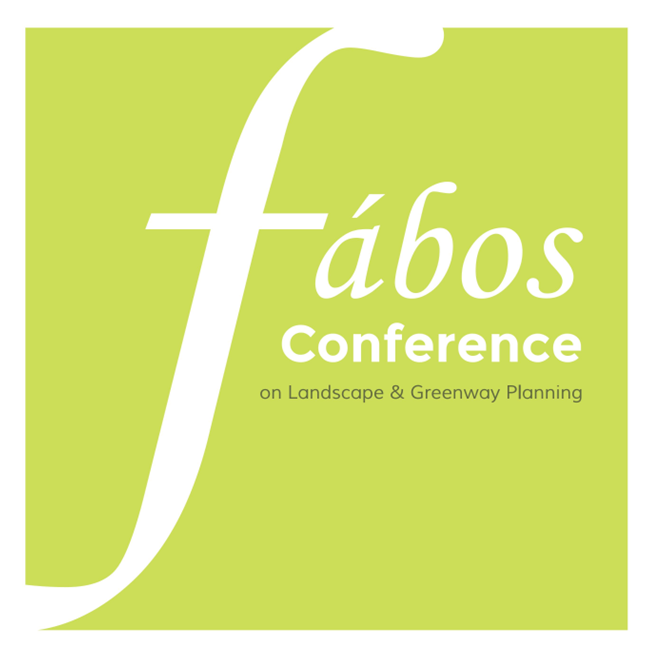Planning Multifunctional Green Infrastructure in Urban Areas - Advanced Approaches Based on Case Studies from Denmark, Germany and the UK
- Rieke Hansen (Technische Universität München, Chair for Strategic Landscape Planning and Management)
- Anton Stahl Olafsson (University of Copenhagen, Department of Geosciences and Natural Resource Management)
- Alexander van der Jagt (Forest Research, Centre for Ecosystems, Society and Biosecurity, Roslin, United Kingdom)
- Emily Rall (Technische Universität München, Chair for Strategic Landscape Planning and Management)
- Stephan Pauleit (Technische Universität München, Chair for Strategic Landscape Planning and Management)
Abstract
Green infrastructure (GI) is considered to be a planning concept that has potential to improve green space planning in urban areas by offering a holistic, integrated approach (e.g., Pauleit et al., 2011; Davies et al., 2015). In this paper we focus on multifunctionality as an important principle of GI planning. By scrutinizing case studies in Germany (Berlin), the UK (Edinburgh), and Denmark (Aarhus), we examine how multifunctionality is acknowledged by urban green space practitioners and provide recommendations on how to consider multifunctionality more proactively and comprehensively.
Keywords: greenways, green infrastructure, multi-functional, denmark, germany, UK
How to Cite:
Hansen, R., Olafsson, A. S., van der Jagt, A., Rall, E. & Pauleit, S., (2016) “Planning Multifunctional Green Infrastructure in Urban Areas - Advanced Approaches Based on Case Studies from Denmark, Germany and the UK”, Fábos Conference on Landscape and Greenway Planning 5(1). doi: https://doi.org/10.7275/fabos.604
Downloads:
Download PDF
239 Views
59 Downloads
